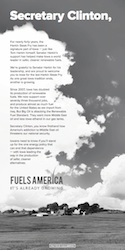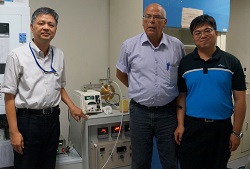Murphy USA is partnering with Iowa Renewable Fuels Association (IRFA) and the Iowa Corn Growers Association to hold grand openings of E15 and E85 pumps across Iowa. The events will include fuel discounts, door prizes and free food with fuel purchase.
“Iowa motorists will now be able to benefit from increased access to cleaner-burning, lower-cost ethanol blends like registered E15 and E85 at many Murphy USA fueling sites across the state,” said IRFA Managing Director Lucy Norton. “To launch its renewed commitment to homegrown, economical fueling options in Iowa, Murphy USA is also stepping up to offer even greater savings on E15 for 2001 and newer vehicle owners and E85 for flex-fuel vehicle owners during its scheduled grand opening celebrations. Be sure to stop by a Murphy USA location near you to save some of your hard earned money while also improving air quality and supporting Iowa jobs.
During the ethanol fuel events, customers will be able to take advantage of E15 for $2.15 per gallon, E85 for $1.85 per gallon. The Murphy USA locations in Clinton, Davenport, Fort Dodge, Mason City and Sioux City will also offer biodiesel. A list of event dates is below:
Norton added, “E15 is the lowest priced fuel available for most Iowans, and E85 is the lowest priced fuel for flex-fuel vehicle owners. Now motorists in seven large Iowa cities will have ready access to fuels that not only burn cleaner, but are also the least expensive fuels on the market for the vast majority of drivers.”











